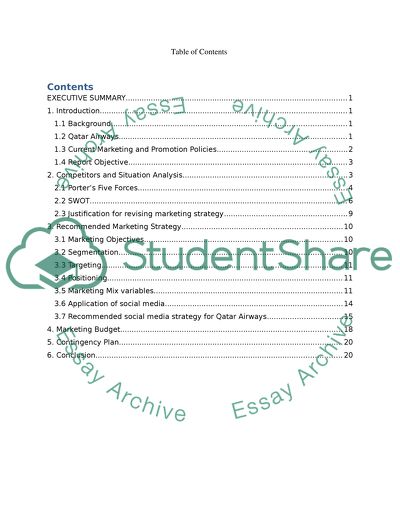Cite this document
(“Qatar Airways Assignment Example | Topics and Well Written Essays - 5000 words - 1”, n.d.)
Retrieved from https://studentshare.org/marketing/1498655-qatar-airways
Retrieved from https://studentshare.org/marketing/1498655-qatar-airways
(Qatar Airways Assignment Example | Topics and Well Written Essays - 5000 Words - 1)
https://studentshare.org/marketing/1498655-qatar-airways.
https://studentshare.org/marketing/1498655-qatar-airways.
“Qatar Airways Assignment Example | Topics and Well Written Essays - 5000 Words - 1”, n.d. https://studentshare.org/marketing/1498655-qatar-airways.


